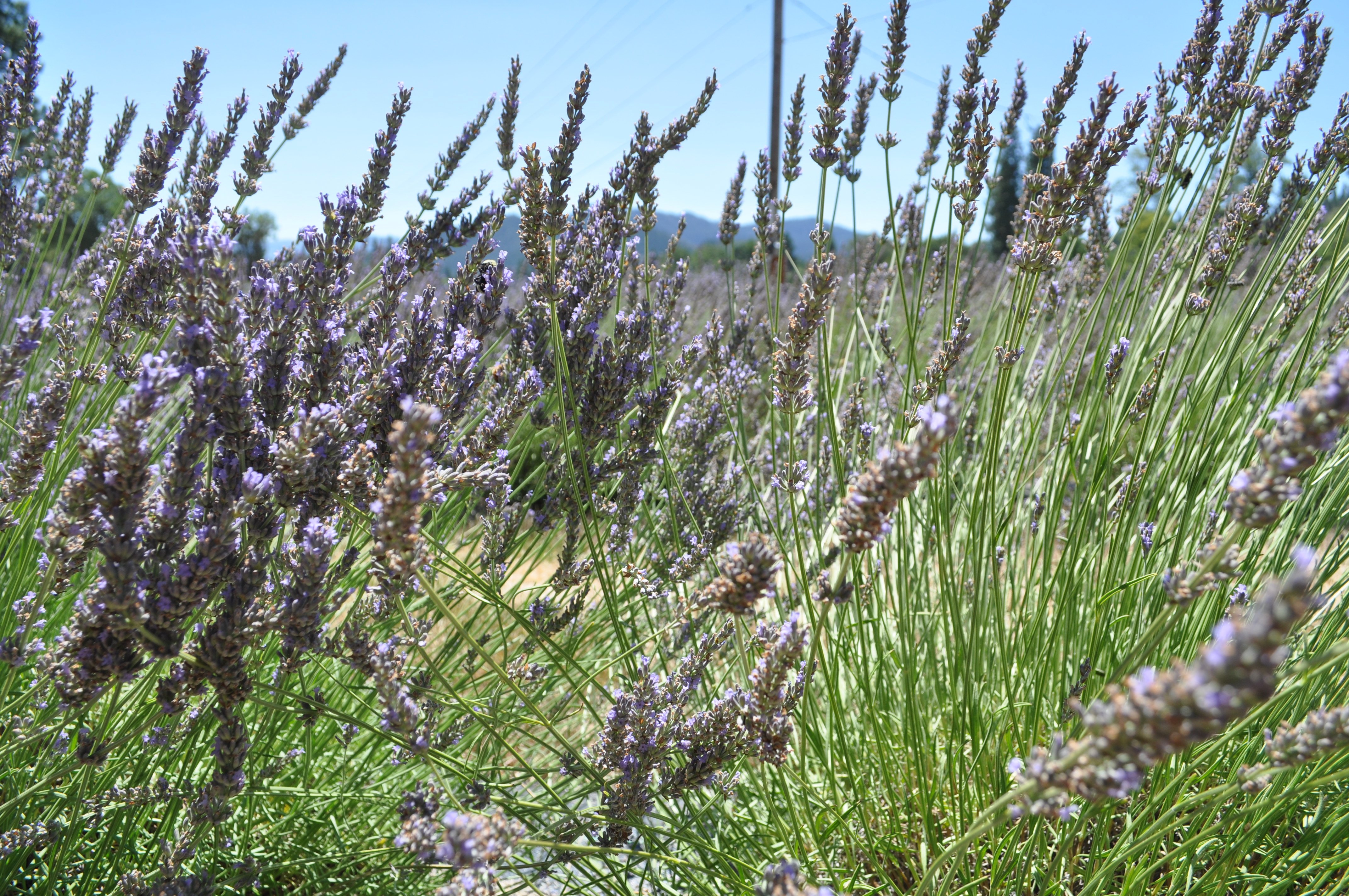The Getty Center and Getty Villa emerged from the 2025 Los Angeles fire disaster as examples of fire hardening best practices.
Yes, they had staff to supplement all of the measures the Getty team took to stop fire approaching and stop smoke from penetrating the buildings. But they also meticulously followed best practices for fire hardening which is a phrase home insurance companies love and for which homeowners in fire-prone areas need to budget.
(Flood hardening is something other regions are dealing with!)
California’s wildfire season seems to start earlier each year and stretch longer into the fall, and the effects of climate change are only making the risk more pronounced. As wildfires become a more frequent and devastating threat, homeowners across the state need to consider how to harden their properties—both the house and the landscaping—to minimize risk and protect what matters most.
Here are some practical tips when remodeling your home to take into account fire-hardening measures. Updating your landscaping to defend against fire is an easy win, especially when it comes to clearing dead leaves.
Due to recent fires, California has established more laws for defensible space and offer recommendations from fire departments to help homeowners create safer, more fire-resistant properties.
When buying a property in a high-fire hazard area, you will receive advisories and may even need to consider if the home is subject to an annual inspection. If so, your real estate agent should help you figure out if the inspection for that year has been completed. If not, be sure to have an investigation contingency. You’ll want to get an estimate for foliage clearing. After all, you may find the house is more expensive to maintain than you had anticipated. All because of the defensible space requirements!
Create Defensible Space: Understand the Legal Requirements
Before making any major changes to your home or landscaping, it’s essential to understand California’s legal requirements for defensible space. The state mandates that properties located in high-risk wildfire zones establish and maintain a defensible space around their homes to reduce the likelihood of fire spreading.
Under the California Public Resources Code 4291, the state requires homeowners to maintain defensible space that is at least 100 feet from any structure, or to the property line if the property is less than 100 feet wide. This space should be divided into zones, each with different fire mitigation strategies.
Defensible Space Zones:
During Fall be sure to keep dry, dead leaves and debris cleaned up!
- Zone 1 (0–30 feet from the home): This zone should be the most fire-resistant and free from any flammable vegetation. Remove all dead vegetation, leaves, pine needles, and combustible materials. Create a buffer using non-flammable materials like gravel or stone.
- Zone 2 (30–100 feet from the home): This area should be kept lean, clean, and green. Trim trees and shrubs to create at least 10 feet of space between branches and remove any plants or trees that are highly flammable. Maintain a defensible buffer here by selecting fire-resistant plant species and ensuring that trees are properly pruned to prevent the spread of fire.
- Zone 3 (100 feet or more): This area should be managed to reduce the amount of vegetation that could potentially carry fire toward your home. Although it doesn’t need to be as heavily maintained as Zone 1 and Zone 2, it’s still important to clear excess brush and manage trees to reduce fire fuel loads.
2. Fire-Resistant Landscaping: Choose the Right Plants and Materials
Landscaping plays a crucial role in fire prevention, and many homeowners underestimate how much of an impact their plant choices can make. To harden your home, follow these tips for creating a fire-resistant yard:
- Opt for Fire-Resistant Plants: When choosing plants, go for species that are less likely to catch fire. Some fire-resistant plants include:
- Groundcovers: Creeping thyme, ice plant, and sedum.
- Shrubs: Manzanita, sages, and ceanothus.
- Trees: Oaks, California buckeyes, and certain pine species.
The Getty attributed acacia shrubs and oak trees as key to its fire resistence. (Read all about the Getty’s success during the 2025 LA fires.)
Avoid highly flammable plants like junipers, pines, and cypress, which can easily catch fire due to their resinous oils.
- Create Firebreaks with Hardscaping: Incorporate firebreaks into your landscaping by using non-combustible materials such as gravel, stone, or concrete. These create clear gaps where fire cannot spread and can help break up fuel loads, reducing the chance of flames reaching your home.
- Proper Irrigation: Keep plants well-watered in fire-prone areas to maintain moisture and reduce flammability. A healthy lawn or garden is much less likely to ignite than one that’s dry or stressed.
- Reduce Fuel Load with Maintenance: Regularly prune your trees, bushes, and shrubs. Remove dead wood and leaves that can serve as tinder in the event of a fire.
3. Fire-Resistant Building Materials: Remodel with Safety in Mind
When remodeling your home or making improvements to your property, choosing fire-resistant materials for both the exterior of the home and outdoor structures is essential. Here are some recommendations for making your home more fire-resistant:
- Roofing: Install fire-resistant roofing materials such as Class A fire-rated asphalt shingles, metal roofing, or tile. Wood shingles, while aesthetically appealing, are much more prone to catching fire and should be avoided.
- Siding: Consider fire-resistant materials like stucco, brick, concrete, or metal for your home’s exterior. Wood siding, while beautiful, is highly combustible and should be replaced or treated with fire retardant coatings. As someone who has cement shingles from the 1960s, which usually have asbestos in them as fire proofing, I feel like keeping those shingles might actually be a great idea at this point.
- Windows: Install dual-pane windows with tempered glass. This can help prevent heat from causing windows to shatter during extreme temperatures. Windows with metal or aluminum frames are also less likely to catch fire compared to wooden frames. Of course dual-paned windows will help with your energy bills too.
- Decks and Patios: If you have a deck, consider using fire-resistant materials such as concrete, stone, or metal railings. Avoid using untreated wood or pressure-treated wood that may be more susceptible to flames. It seems probable that the laws may soon require such materials rather than wood. Particularly using metal railings may be future-proofing your house.
4. Install Fire-Resistant Fencing and Gates
Fences can act as barriers to fire, but only if they’re constructed with the right materials. If you’re planning to install or remodel a fence, use fire-resistant materials such as metal, brick, stone, or concrete. Wooden fences, especially those with dry vegetation or leaves in the surrounding area, can act as a conduit for fire and should be avoided if possible.
If you must have a wooden fence, ensure it is kept clear of vegetation and maintain it regularly.
5. Fire-Resistant Landscaping and Hardscaping: California Fire Department Recommendations
The California Department of Forestry and Fire Protection (CAL FIRE) recommends several key strategies when preparing your home and landscape for wildfire:
- Clear Overhanging Branches: Trees with branches that touch or are near the house should be trimmed. This reduces the chance of embers igniting your home from the outside.
- Create Horizontal Spacing Between Trees: Space trees at least 10 feet apart to prevent fire from jumping from one tree to another. This spacing can slow the spread of fire and increase your home’s defensible space.
- Limit the Use of Mulch: Mulch, especially organic mulches like bark or wood chips, can catch fire quickly and should be used sparingly. If you do use mulch, opt for non-flammable varieties such as rocks or gravel.
- Install Spark Arresters on Chimneys: Wildfires often send sparks flying through the air, which can land on your roof or inside chimneys. Installing spark arresters or screens on chimneys and stovepipes can prevent embers from entering.
6. General Fire Safety Tips
While improving your property’s defenses, remember the basics of fire safety:
- Keep fire extinguishers on hand and ensure everyone in the household knows how to use them.
- Install smoke detectors and check their batteries regularly.
- Create a family emergency plan in case of evacuation, and ensure all windows and doors are easily accessible for a quick escape.
Final Thoughts
By updating your landscaping and making fire-conscious remodel choices, you can significantly increase your home’s ability to withstand a wildfire. Anti-fire might mean a beautifully modern space and landscaping. So don’t resist looking into it.
Implementing defensible space requirements and choosing fire-resistant materials and plants can not only help protect your home but also help protect your entire neighborhood. Regular maintenance is key to making sure your property remains fire-safe year-round.
Always stay informed by consulting with local fire departments and CAL FIRE for any updated regulations or fire prevention advice tailored to your area. Here is the official CalFire site for the latest home hardening tips.
If you need East Bay general contractors to help with remodeling or landscaping for fire protection, or a REALTOR® to help you understand home buying in a high fire hazard area, I’m here for you!
Information on fire hardening best practices and laws are constantly changing. Please let me know if anything you read here is inaccurate or has changed.



